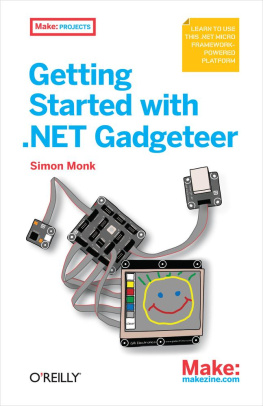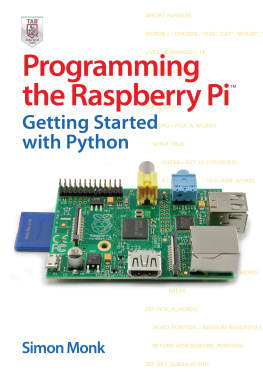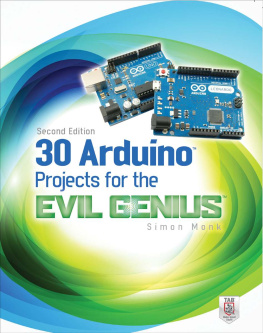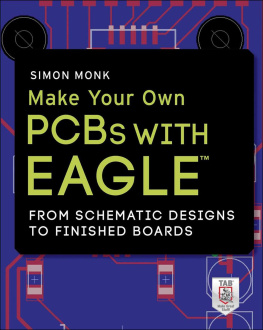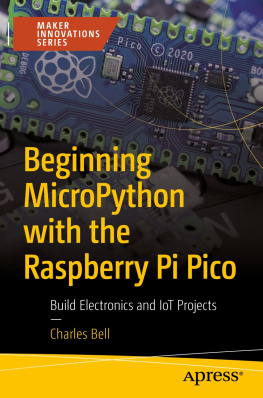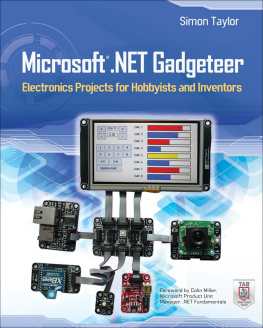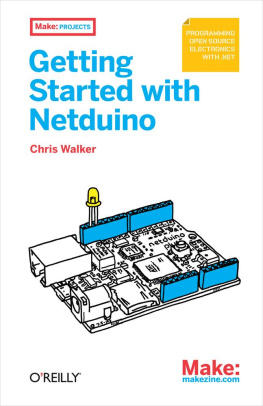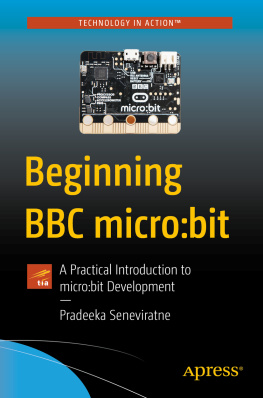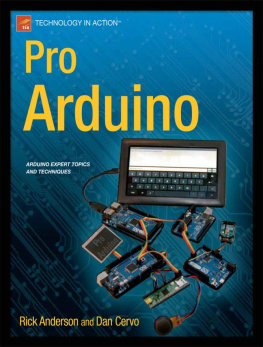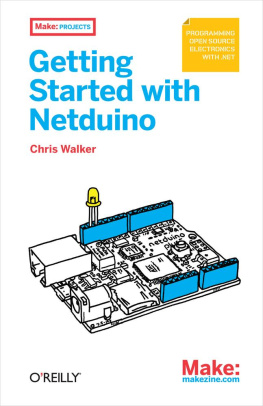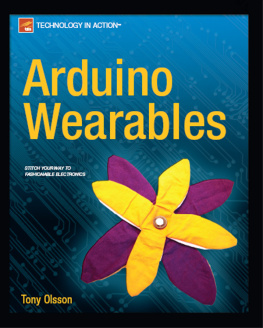Simon Monk - Getting Started with .NET Gadgeteer
Here you can read online Simon Monk - Getting Started with .NET Gadgeteer full text of the book (entire story) in english for free. Download pdf and epub, get meaning, cover and reviews about this ebook. year: 2012, publisher: Make, genre: Computer. Description of the work, (preface) as well as reviews are available. Best literature library LitArk.com created for fans of good reading and offers a wide selection of genres:
Romance novel
Science fiction
Adventure
Detective
Science
History
Home and family
Prose
Art
Politics
Computer
Non-fiction
Religion
Business
Children
Humor
Choose a favorite category and find really read worthwhile books. Enjoy immersion in the world of imagination, feel the emotions of the characters or learn something new for yourself, make an fascinating discovery.
- Book:Getting Started with .NET Gadgeteer
- Author:
- Publisher:Make
- Genre:
- Year:2012
- Rating:5 / 5
- Favourites:Add to favourites
- Your mark:
Getting Started with .NET Gadgeteer: summary, description and annotation
We offer to read an annotation, description, summary or preface (depends on what the author of the book "Getting Started with .NET Gadgeteer" wrote himself). If you haven't found the necessary information about the book — write in the comments, we will try to find it.
Learn how to quickly build cool electronic gadgets with .NET Gadgeteer. With the easy-to-follow instructions in this guide, youll tackle five fascinating projects, using Microsofts rapid prototyping Gadgeteer platform. Theres no soldering involvedyou simply plug in modules that make gadget-building quick and easy.
Ideal for beginners, this book shows you how to work with modules and other hardware in the popular Fez Spider Starter Kit, and teaches you how to program your gadgets with Visual Studio C# Express and the .NET Micro Framework 4.1 SDK. Youll soon learn a wide range of programming techniques along with the skills to design your own projects.
- Get to know the software and hardware with a simple LED project
- Download code from the companion site to build and test each project
- Build a spy camera that automatically captures and saves images at regular intervals
- Construct a simple animated game with the joystick module
- Create a web server that sends messages you draw or write on the touchscreen module
- Build a gadget that backs up digital images from an SD card to a USB flash drive
- Learn about other .NET Gadgeteer modules for creating environmental sensors, an MP3 player, and a WiFi network
Simon Monk: author's other books
Who wrote Getting Started with .NET Gadgeteer? Find out the surname, the name of the author of the book and a list of all author's works by series.

